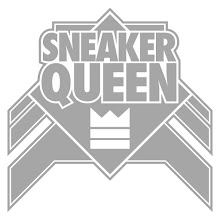which features yours truly can be streamed in the @ardmediathek
Vielen Dank an @sunbirdbiz für ihren Input und die Zusammenarbeit.
Unfortunately only in german so far..I
Seit heute kann in der @ardmediathek „Jäger & Sammler“ gestreamt werden.
Ich hab auch einen Gastauftritt unter den Promis.Vielen Dank an @sunbirdbiz für ihren Input und die Zusammenarbeit.





















